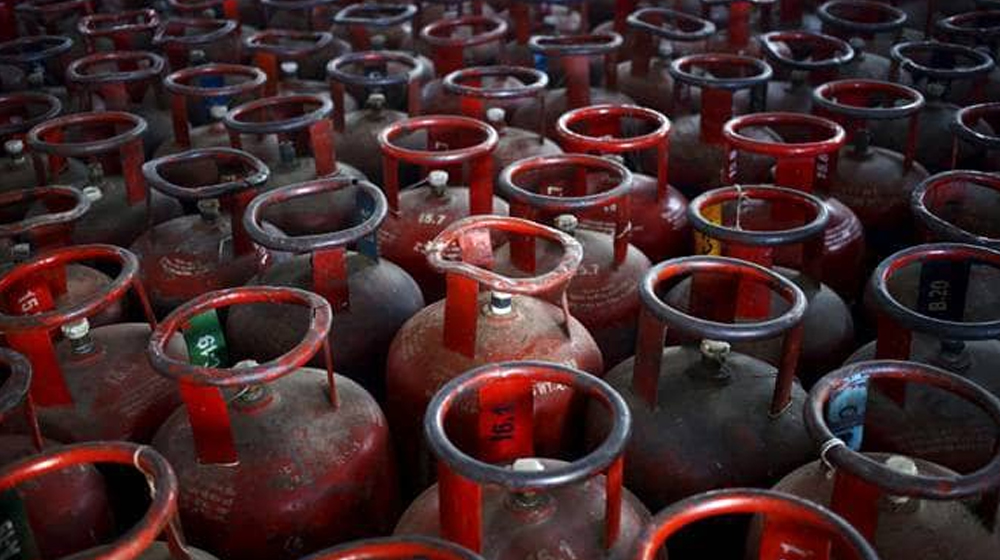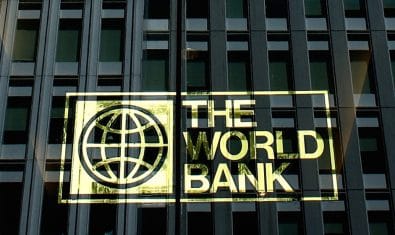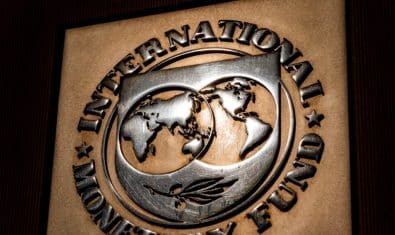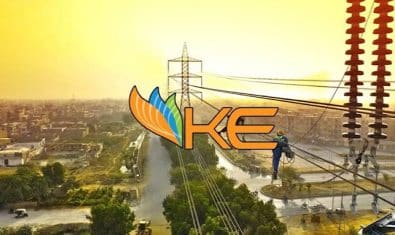Higher taxation on Liquefied Petroleum Gas (LPG), which was once termed the poor man’s fuel, is likely to suppress its demand in the country which may result in an ecological disaster as more and more people resort to wood burning as a fuel.
Currently, the LPG policy by the government of Pakistan has linked the price of LPG with the Contract Price of Saudi Aramco and on top of it charging 17 percent GST and Rs. 4,669/- per ton Petroleum Development levy which has made this product inaccessible for the poor citizens of Pakistan.
With the sky-rocketing inflation clocking at 21.3 percent for the month of June, the poor are literally being crushed. PDL on LPG generates only around Rs. 6.5 billion in revenue for the government of Pakistan.
Industry sources claim that on about 1.4 million tons of LPG consumption, the PDL recovered is just Rs. 6.5 billion. This amount can be easily adjusted to 21 billion liters of petroleum products consumed annually all over Pakistan. The higher consumption of these products is within relatively better placed economic classes. This shift can create fiscal space that would allow cheaper cooking fuel for the marginalized and poorly services areas.
LPG, which is considered an environment-friendly fuel for the areas where piped gas is too expensive to deliver, has less than 1 percent contribution to the energy mix. The fuel needs to be actively encouraged but is being neglected by the policymakers to promote this fuel as an alternative to petrol and natural gas by withdrawing the GST and PDL to make this fuel affordable for poor masses.
Countries like India and Bangladesh are promoting the use of LPG by giving subsidies to end users whereas, in Pakistan, the government is not only allowing to charge the highest benchmark price of CP Saudi Aramco but adding on GST and PDL to make it the most expensive fuel for poor masses.
In developing countries, especially in rural areas, 2.5 billion people rely on biomass, such as fuelwood, charcoal, agricultural waste, and animal dung, to meet their energy needs for cooking. In many countries, these resources account for over 90 percent of household energy consumption.
Burning wood fuels within the household creates indoor pollution as firewood and charcoal both produce smoke on burning. The extent of this problem depends on the species of wood and the quality of charcoal, both of which are becoming poorer. Effects on the users include respiratory and eye problems. About 1.3 million people mostly women and children die prematurely every year because of exposure to indoor air pollution from biomass.
A cursory survey of the rural areas observed that people are forced to collect the wood from available trees and use them for cooking as well as for heating in winter, which is quite alarming. Women are carrying woods on Constitution Avenue. There is evidence that, in areas where local prices have adjusted to recent high international energy prices, the shift to cleaner, more efficient use of energy for cooking has actually slowed and even reversed.
If LPG is used as a proxy for modern fuels, effective policies will need to be designed, since there are substantial differences between and even within countries. Regulatory reforms can improve the affordability, and availability of cheap fuel.


























